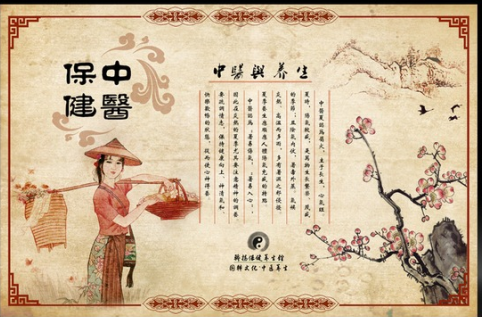All the viscera and other parts of the body depend on qi, blood, yin and yang to nourish and maintain their physiological functions. It is the meridians that transport qi, blood, yin and yang to the whole body. In fact, the meridians and collaterals are the passages of qi, blood, yin and yang. The purpose of the meridians to connect the viscera and the body is to transport qi, blood, yin and yang. With the extensive distribution of the meridians and collaterals, qi, blood, yin and yang in the body can flow freely to maintain a holistic balance of the body.

Appendix:Characteristics of Eight Extraordinary Vessels
Apart from sharing the same functions with the twelve meridians, the eight extraordinary vessels still have three special functions. The first is to strengthen the connection of the twelve meridians. For example, the governor vessel accumulates qi and blood in all the yang meridians; the conception vessel accumulates qi and blood in all the yin meridians; the thoroughfare vessel accumulates qi and blood in the twelve meridians; the yang-link vessel connects all the yang meridians together; and the yin-link vessel connects all the yin meridians together. The second is to regulate qi and blood in the twelve meridians.
When qi and blood in the twelve meridians are excessive, they then flow into the eight extraordinary vessels to store up. If qi and blood in the twelve meridians are insufficient, the eight extraordinary vessels will infuse some qi and blood stored in them into the twelve meridians. The third is to govern some of the special physiological activities of women. Since the thoroughfare, conception and governor vessels all start from the uterus, they are closely related to the menstruation, pregnancy and labor of women. Since the belt vessel runs transversely around the lower abdomen, it can protect fetus and controls leukorrhea.







